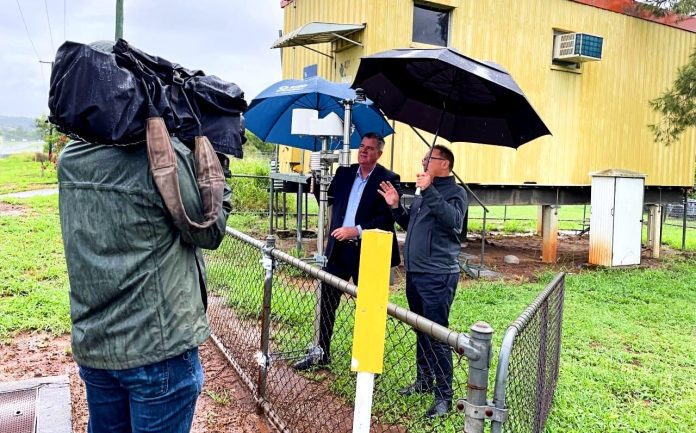Australian network operator Telstra is to deploy weather stations on its NB-IoT network infrastructure in Queensland, in the northeast of the country, in order to create a hyper-local weather data and forecast system for farmers in the region.
The pilot project is being organised with the Queensland Department of Agriculture and Fisheries (DAF) and the Australian the Bureau of Meteorology. Austrian company Pessl Instruments will provide the IoT-enabled weather stations, which will be deployed initially on 55 NB-IoT sites, private farms, and DAF research facilities around Toowoomba, in the Darling Downs region of southern Queensland.
Collected data will be “checked, cleaned, and organised” in Telstra’s own ‘data hub’, and made available to the Bureau of Meteorology to develop hyper-local weather forecasts for the region. It noted the value of local weather data to the utilities, mining, and transport industries as well, plus local communities.
Telstra said data needs to “function differently to be economically viable”, and cited the role of low-power wide-area NB-IoT connectivity to capture and disseminate data. The company wants the “hyper-local” weather network to run across the country, using its national NB-IoT network, which covers four million square kilometres. It said it wants to work with “existing networks and local organisations [already] servicing regional industry”.
“We think the most effective and sustainable way to deliver a national outcome is to partner with those organisations to develop commercial opportunities that can support regional industry,” the company said in a statement.
A core challenge for Australian farmers, it said, is the fact the population is relatively sparsely distributed, per capita, across the country, which has a landmass comparable to the continental United States; they would benefit, says Telstra, from “hyper local” weather forecasts that zone-in on their regions.
Channa Seneviratne, executive for technology development and solutions, at Telstra, said: “Day-to-day decision making and planning on farms across Australia often revolves around weather conditions – and yet in 2021, local weather observations, ‘nowcasts’ and seven-day forecasts are not specific or local enough to use that information productively.”
Telstra said it wants a “sustainable and equitable partner model” to deploy “thousands of IoT weather stations”, it added, to enhance Australia’s regional economies and international competitiveness.
Mark Furner, minister for agricultural industry development and fisheries in Queensland, commented: “Access to better local weather data will support improved management decisions on crop production, labour and the supply chain. This project will help to fill that gap by testing the viability of a weather network service to provide highly localised weather information at an affordable price.”

